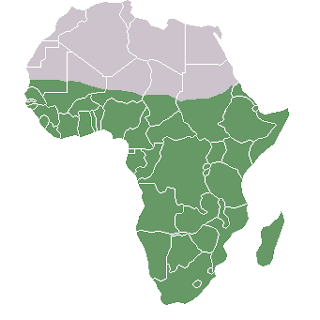Knowledge is the most important tool to have. Knowledge is, in most cases, obtained through education systems. I am passionate about having knowledge and learning more, and this is the primary reason I wanted to research some of the African education systems. I went through many different websites, and it is clear that African people do not have the high caliber education resources to gain the knowledge that other people have access to in other parts of the world. The most helpful site I visited was this one; the author really focused on Sub-Saharan Africa and their typical education systems there.
The African Education Initiative (AEI) is a program that has just recently awarded 600 million dollars to the Sub-Saharan area of Africa. This is exciting to know, because with more education tools the students in Africa are finally able to receive the knowledge to compete with the rest of the world. Apparently, this large sum of money is going to go to scholarships, clubs, textbooks, and other educational tools. In fact, the site pointed out that “AEI also seeks to strengthen and extend development partnerships between the United States and Africa by actively engaging African leaders and educators, the international development community, and U.S. interest groups.” This is huge for the development of education.
AEI is working to also get Africans more literate on the wide spread HIV/AIDS disorder and the program is also working on getting parents involved in youngsters education. Not only is this organization reaching out to adults, but they are also reaching out to youngsters who are living very unfortunate lives. They are working to educate orphans, homeless, and those who have educational disabilities. I think these ideas are a must have as well, but it seems very difficult to change so much so fast.
600 million dollars seems like a huge sum of money to most people. However, I still wonder is this enough money to save the education crisis over there? There is so much work and advances to make with the education system, and once 600 million dollars is split between so many different areas of education and different countries I do not think enough money will be left to make a significant impact. I think the overall idea of reaching out and giving money to these countries is an education need and must have, but I think reaching out for more support is needed.
Sub-Saharan School Children
Sub-Saharan map where money is distributed






